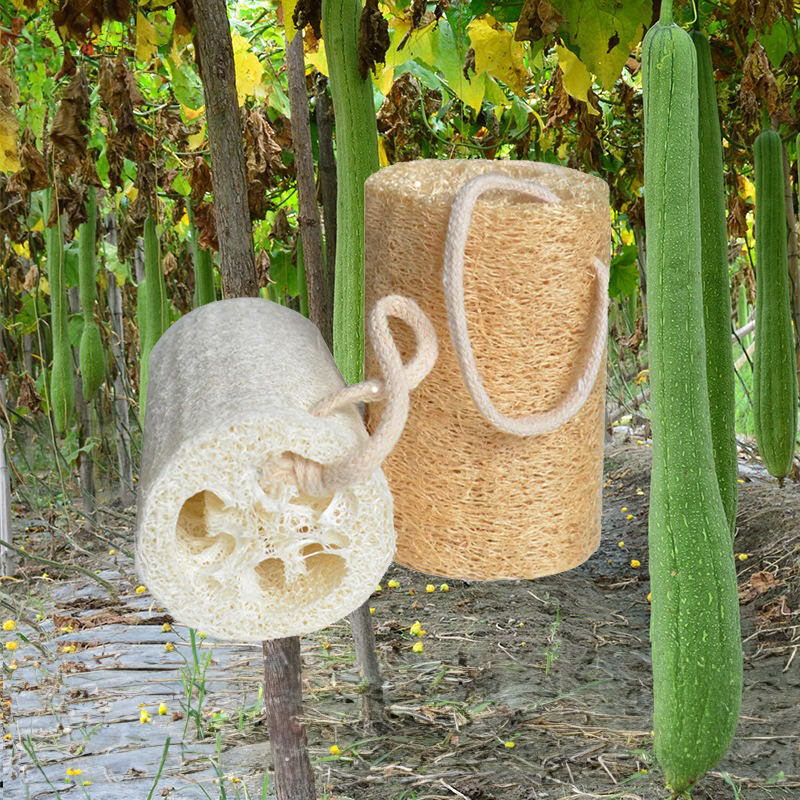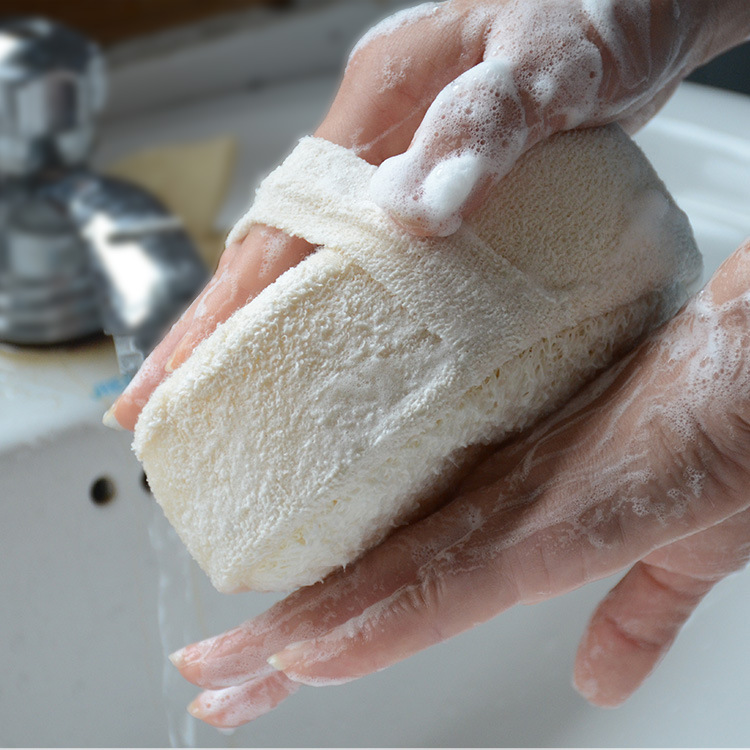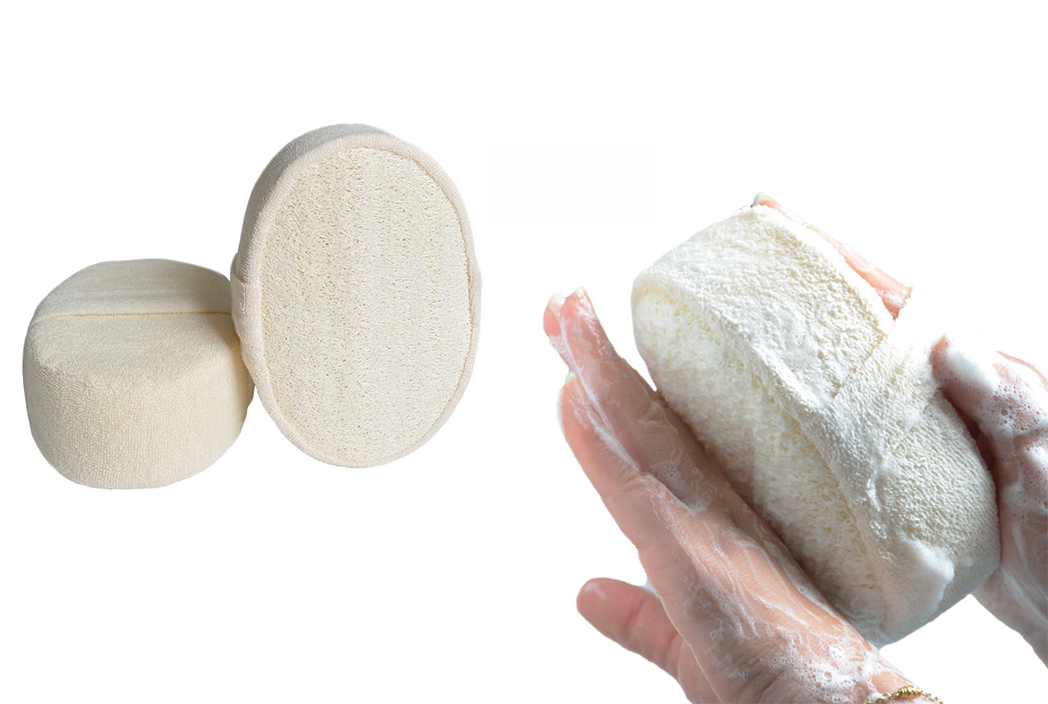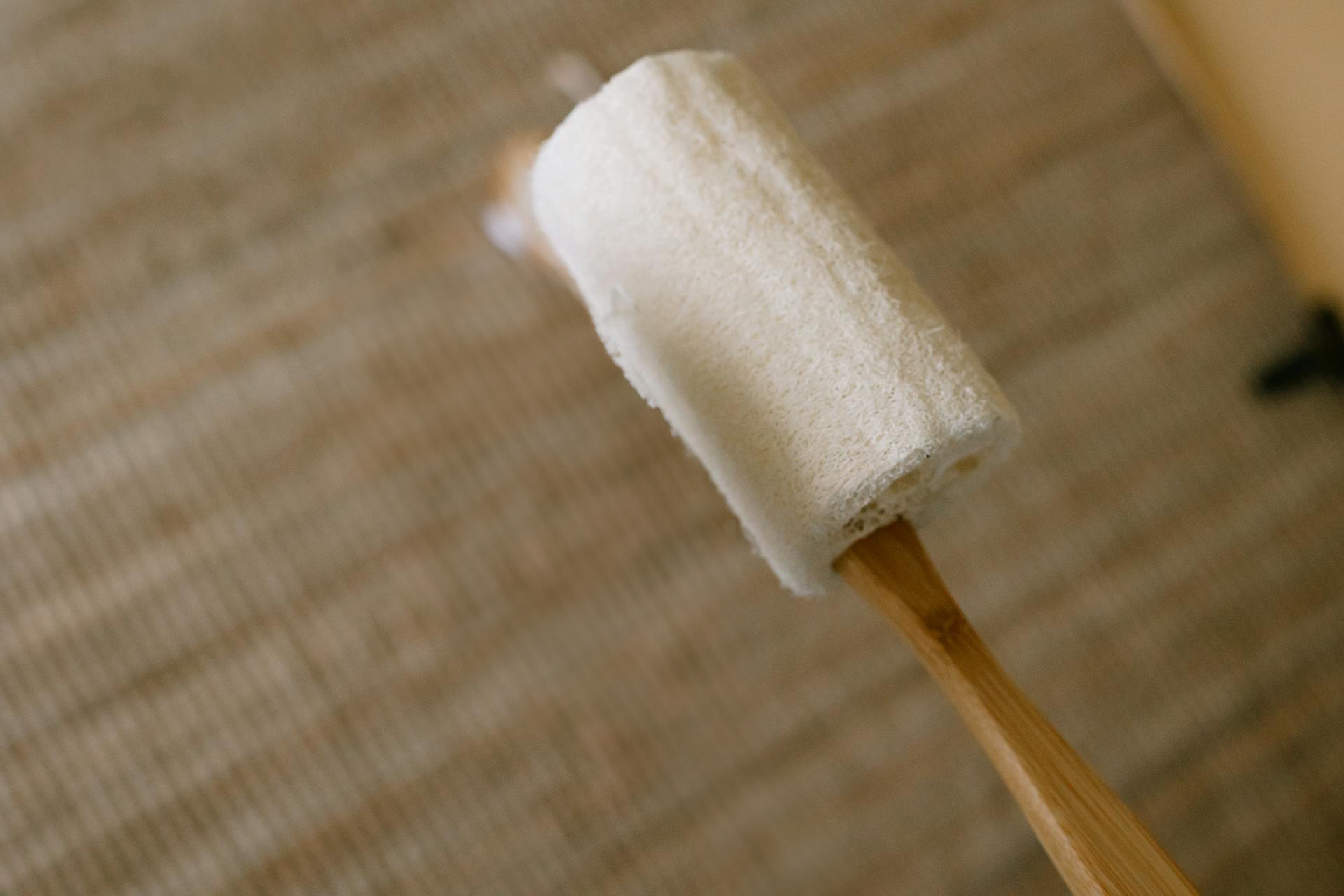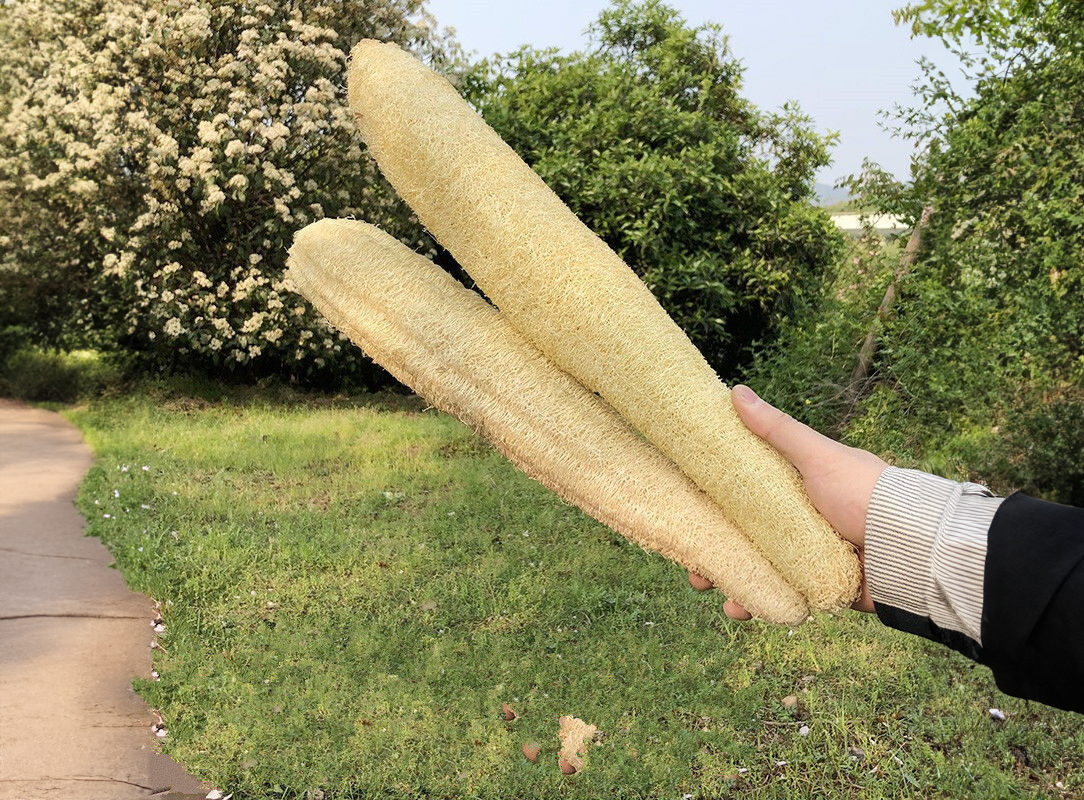Loofahs dance gently across our skin, whispering secrets of their origins—whether conjured from the earth or crafted by human hands. These everyday companions in our baths and showers have sparked curiosity about their creation. Are they gifts from nature, or do they emerge from synthetic processes? Let’s unravel the mystery of what loofahs are made from, exploring the realms of both natural and synthetic varieties.
1.What Are Loofahs Made From?
Loofahs, those porous sponges that invigorate and exfoliate our skin, come in two primary forms: natural and synthetic. Natural loofahs are plant-based, derived from the fibrous interior of the luffa plant, answering the query, “are loofahs made from plants?” On the other hand, many are surprised to learn that synthetic versions exist, often posing the question, “what are bath loofahs made of if not plant material?” These are usually crafted from various forms of plastic or foam, tailored to mimic the texture of their natural counterparts.
2.The Origins of Natural Loofahs
Venturing into the garden of natural loofahs, these sponges begin their journey as the fruit of the luffa plant, a vine grown under the sun’s watchful eye. The curiosity surrounding these plants often leads to questions like, “what plant is a loofah made from?” and “is the loofah plant edible?” Indeed, before they mature into the fibrous scrubbers we use, young luffa fruits can be cooked and eaten, much like squash.
3.Are Loofahs Made of Plastic?
Switching focus to synthetic loofahs, these products diverge from the eco-friendly narrative of their natural siblings. “Are loofahs made of plastic?”—yes, many are. These loofahs are engineered from materials such as PVC or polyurethane, designed to replicate the feel and function of natural loofahs without the same biodegradability.
4.How Natural Loofahs Are Harvested
| Stage | Process |
|---|---|
| Cultivation | Luffa plants are cultivated, typically in warm climates. |
| Harvesting | Fruits are harvested once they mature and dry. |
| Processing | The dry outer skin is removed, and seeds are extracted. |
5.Pros and Cons of Different Loofah Materials
Navigating through the sea of choices between natural and synthetic loofahs, one might weigh the benefits and drawbacks:
| Loofah Type | Benefits | Drawbacks |
|---|---|---|
| Natural Loofah | Eco-friendly, biodegradable, non-toxic | Requires more maintenance, less durable |
| Synthetic Loofah | More durable, often cheaper | Not eco-friendly, potential skin irritants |
Understanding these differences helps in making an informed decision tailored to personal preferences and environmental consciousness.
6. Conclusion
As we rinse off the remnants of our exploration into the world of loofahs, we’re reminded of the importance of choosing products that align with our values and needs. Whether you lean towards the natural loofah sponges wholesale for their earthy origins or opt for a reusable loofah eco friendly synthetic alternative that promises durability, your choice reflects your personal care philosophy.
7.FAQ Section
Yes, natural loofahs are.
Absolutely, they grow similarly to cucumbers or melons.
Yes, due to their biodegradability and natural harvesting process.

